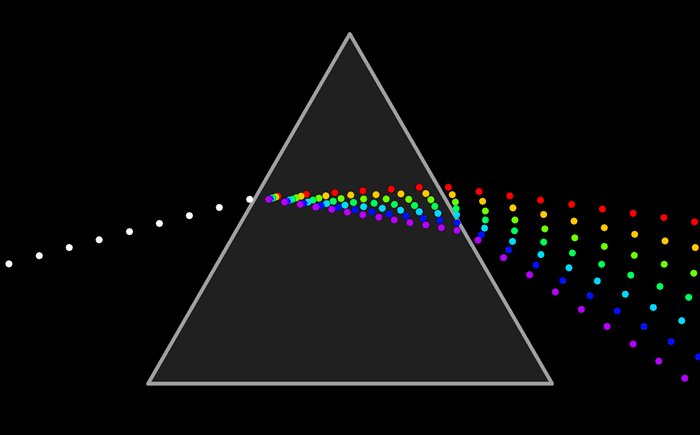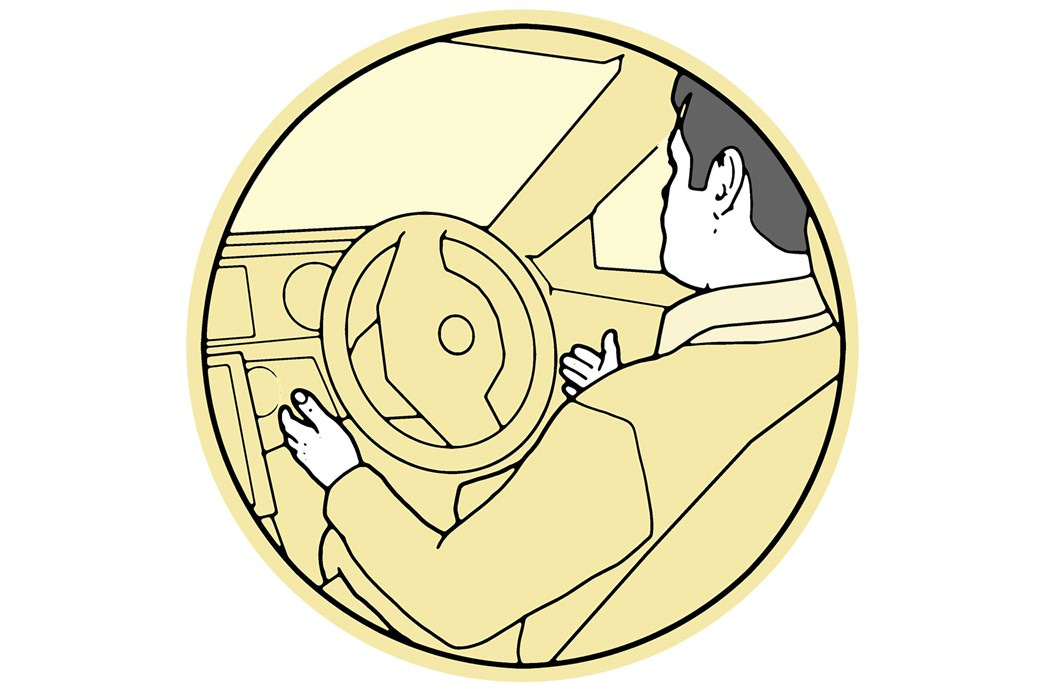AI: From Replace to Augment
...not binary, but a prism of new possibilities
In recent AI surveys, since the OpenAI ‘ChatGPT’ moment just ten months ago, the two top fears about AI that both consumers and regulators have remained Safety and Job Replacement. This is a topic I wrote about just a few months after ChatGPT officially kicking off the AI infrastructure gold rush for this AI Tech Wave.
Job security in the face of AI remains the key question for both the constituencies above, and the pessimists will focus on job replacement, while the techno-optimists like Marc Andreessen yesterday will underscore AI will augment users and businesses worldwide. I’m in the latter camp, especially in terms of AI standing for ‘Augmented Intelligence’ vs ‘Artificial Intelligence’.
And my views are based on the professional experience and study of previous technology waves. Not just the PC and the Internet ones that I’ve been directly involved with, but as a student of technology, history, markets and economies over time.
In the early stages of new tech cycles and waves, fear of replacement will lead:
“A recent survey conducted by the American Staffing Association (ASA) has revealed that nearly half of Americans fear job automation by AI. The survey, conducted by the Harris Poll, found that younger workers and individuals from Black and Hispanic backgrounds expressed the greatest concerns about job replacement, while Baby Boomers and White Americans were less worried.”
“The survey also highlighted the impact of generative AI on the potential for automation of various on-the-job tasks. In fact, one-third of Americans are already using AI in their workplaces. This marks a significant shift in worker attitudes towards AI since a similar poll was conducted in 2017, where around three-quarters of employed Americans did not believe that AI or robots could easily replace their jobs.”
Most end users do not yet know the new technology directly, nor have had the opportunity to experience the possibilities it enables first hand. Also, early on, the ecosystem supporting those technology based services have not yet been put in place.
It’s only after everyone has had their direct, personal ‘Aha!’ moment with the technology in question that the fear is slowly replaced with augmentation. I.e., the technology becomes the basis for new ways of doing things faster, bigger, better, cheaper, etc. New possibilities are not easily imagined replacing ingrained habits.
But early on, often for years, the debate will continue with big camps of companies large and small focused on the replacement or augmentation part of the seemingly binary debate. The prism of new possibilities is still far in the future, and not fully part of the public imagination and debate.
One example of this is AI/ML (machine learning) driving autonomous cars and vehicles. After a decade of almost every auto company in the world embracing the EV and automatic driving dream led by Elon Musk and Tesla, Toyota remains steadfastly focused on a hybrid approach, but in its current lineup of cars, and specifically in regards to AI driven automation, as Axios reports:
“As Cruise, Waymo and others test self-driving cars on the streets of San Francisco, Toyota is testing other approaches to autonomy at a racetrack 150 miles northeast.”
“Why it matters: Today's self-driving vehicles navigate big-city streets at slow speeds, but it could take decades before those cars can handle much higher speeds or we can add autonomous capabilities to privately owned cars.”
“What they're saying: "Scaling [full self-driving] technology to be available to everyone everywhere all the time is actually really, really hard," said Avinash Balachandran, senior director of the Human Interactive Driving division at Toyota's Los Altos, California-based Toyota Research Institute (TRI).”
“The big picture: Toyota's approach relies on human drivers to handle some — or even most — of the tasks, with the autonomous part kicking in only when it detects intervention is needed.”
“By contrast, a self-driving car needs to be able to handle everything all the time. Toyota says its approach can save lives far sooner than waiting for self-driving cars to be ubiquitous.”
“Doing so also preserves the fun of driving — and Toyota is even exploring whether the computers can teach people to be better drivers, says TRI head Gill Pratt.”
“Toyota's approach relies on most of the same sensors and machine learning that fuels self-driving cars.”
“Between the lines: The key is shifting the goal from replacing drivers to saving lives, Pratt says.”
Textbook case of Toyota focused on AI Augmentation, vs Tesla and others focused on ‘Full Self Driving’, whenever we get there. As I cited in my post a few days ago, after over a decade of R&D worth tens of billions of dollars, the auto industry is still at Level 2 of self driving vs the goal of Level 5.
The pot at the end of that rainbow remains elusive in terms of the number of years ahead to reality.
In the meantime, Toyota is taking a ‘hybrid approach’, both in terms of the automation, but also in its cars, where it is a leader in ‘hybrid’ power plants that blend traditional combustion engines with EV augmentation. And that approach is working as the WSJ explains, with mainstream auto buyers for now, for a whole host of reasons.
Another example of AI ‘replace vs augmentation’ fears can be found in the area of software development, one of the first AI applications since ChatGPT showed its stuff that’s seen adoption and traction with scores of software developers worldwide. Microsoft has led the charge here with CoPilot for Github, but companies large and small are in this race. Good amount of the training data for software AI comes from software community sites like Stack Overflow, where millions of developers share and help each other with software development support. As Ars Technica explains:
“Stack Overflow used to be every developer's favorite site for coding help, but with the rise of generative AI like ChatGPT, chatbots can offer more specific help than a 5-year-old forum post ever could. You can get instant corrections to your exact code, optimization suggestions, and explanations of what each line of code is doing. While no chatbot is 100 percent reliable, code has the unique ability to be instantly verified by just testing it in your IDE (integrated development environment), which makes it an ideal use case for chatbots. Where exactly does that leave sites like Stack Overflow? Apparently, not in a great situation. Today, CEO Prashanth Chandrasekar announced Stack Overflow is laying off 28 percent of its staff.”
“In a post on the Stack Overflow blog, the CEO says the company is on a "path to profitability" and "continued product innovation." You might think of Stack Overflow as "just a forum," but the company is working on a direct answer to ChatGPT in the form of "Overflow AI," which was announced in July. Stack Overflow's profitability plan includes cutting costs, and that's the justification for the layoffs. Stack Overflow doubled its headcount in 2022 with 525 people. ChatGPT launched at the end of 2022, making for unfortunate timing.”
Thus, the headline of layoffs of over 28% on first blush evokes the ‘replacement’ fear. But as one looks closer under the hood of the changes underway, it’s clear that there is a serious AI retooling underway that means Stack overflow can rethink and redo much of what it does with LLM AI and Generative AI. Specifically adopted and adapted for its core purpose and business. A prism of new possibilities across the company’s existing and potentially future business lines.
We are likely to see what I’m calling the ‘Prism of AI innovation’ for every industry and vertical large and small as AI innovation continues, and AI software blends with traditional software. And as it is made real with ever powerful AI GPU infrastructure, both in the cloud and on local devices.
And it’s going to take time. We just need to take a deep breath and don’t stop at ‘Replace”. But start to look deeper at the ‘Augment’ part of the near-term AI evolution in that domain. Wait for the prism to make possible the wide spray of new possibilities. Stay tuned.
(NOTE: The discussions here are for information purposes only, and not meant as investment advice at any time. Thanks for joining us here)







